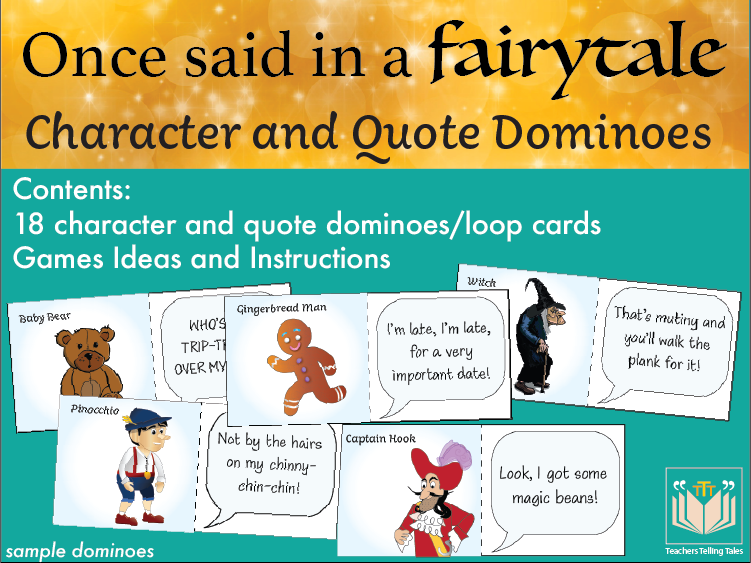Teachers Telling Tales
Fiona, of Teachers Telling Tales, has taught in the UK and international schools, trained teachers, worked as environmental educator, in a range of learning support roles and she is currently a tutor. Through Teachers Telling Tales she aspires to share this experience through creating high quality and affordable resources. While most are targeted at the primary age range, the aim is to provide versatile and adaptable resources to suit a range of ages and abilities.























